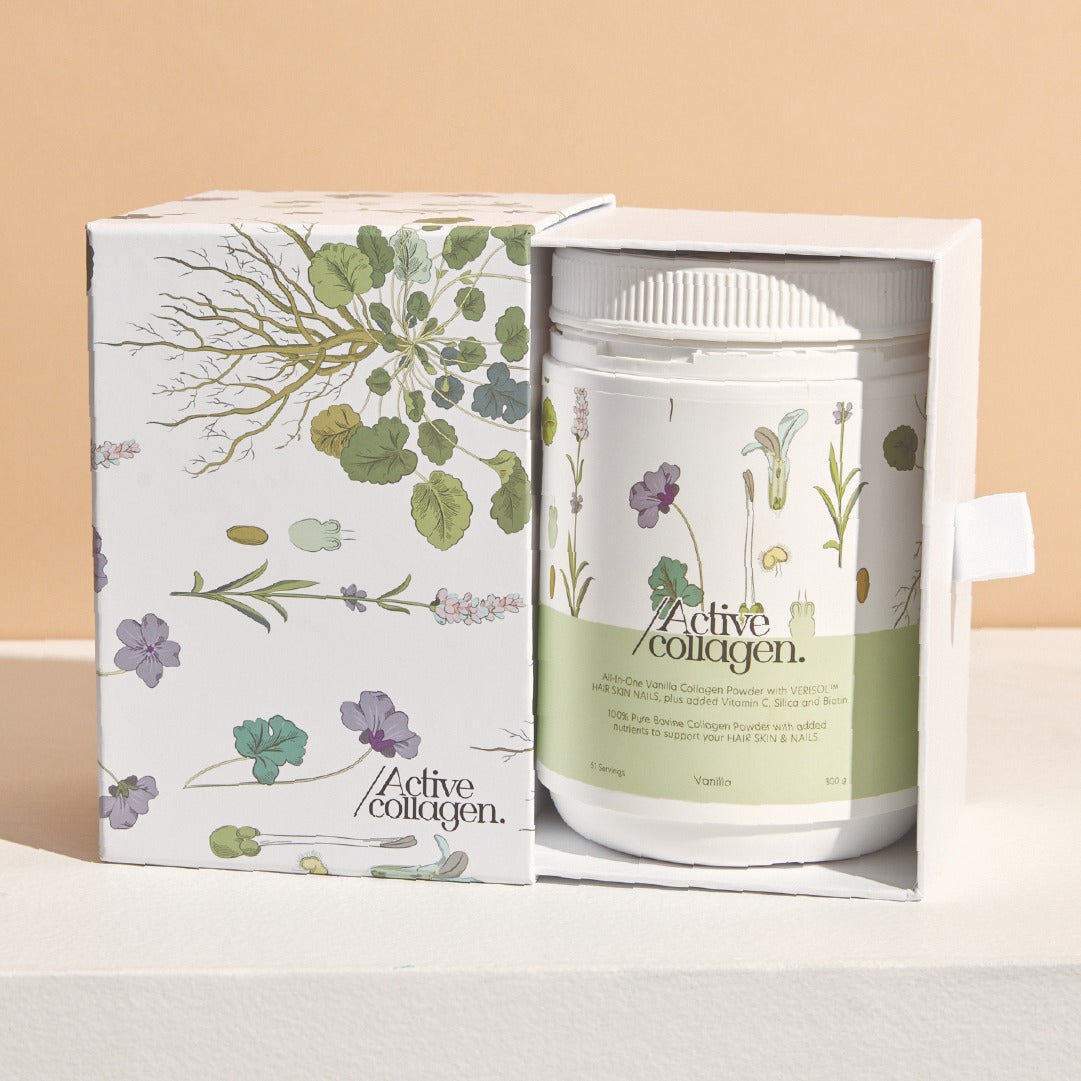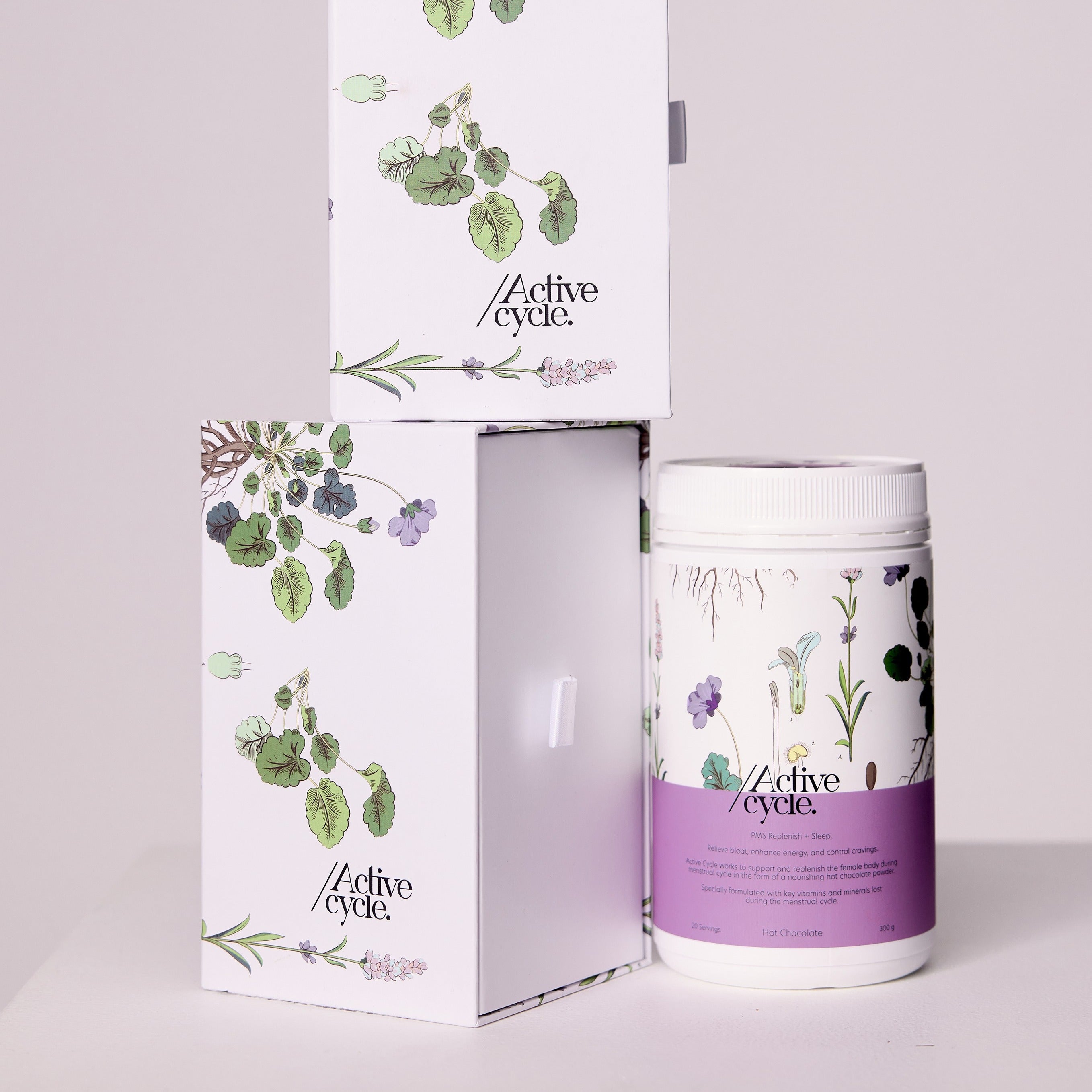Our skin is our bodies largest organ, although we often forget that it is even an organ at all! It is constantly exposed to numerous environmental factors such as UV radiation, air pollutants, pesticides and irritants that have an impact on the health of our skin.
This constant exposure to the environment induces the production of free radicals – types of products that are produced as a result of normal cellular metabolism. However, although free radical production is normal, an over-abundance of them can lead to the damage of other cells including our skin cells.
An overproduction of free radicals in the body can be due to chronic sun exposure, using or being exposed to chemicals on the skin, but also from internal factors such as poor diet (especially those low in antioxidants), alcohol intake and stress. So, how do free radicals work and why is this impacting our skin?
The Free Radical-Antioxidant Balance
For physiological function there must be a good balance of free radicals and antioxidants. Antioxidants are responsible for scavenging the free radicals in the body which prevents and reduces damage to the body, known as oxidative stress. In times when free radicals outnumber our precious antioxidants and our body’s ability to detoxify them this causes oxidative stress.
Free radicals are able to negatively change proteins, fats and DNA in our body and even prompt a number of diseases. Free radicals are molecules that contain one unpaired electron and are unstable and highly reactive. Antioxidants on the other hand are stable molecules and able to donate an electron to these damaging free radicals which stabilizes them and reduces their capability of damage. Commonly known as radical scavenging.
Which is why the incorporation of dietary antioxidants is so important for decreasing oxidative stress mediated cellular damage. Rich sources of antioxidants come from foods that contain the fundamental micronutrients vitamin C, vitamin E and beta-carotene. These must be supplied through food as our bodies are incapable of producing them on its own.
Vitamin C – kiwi fruit, citrus, berries, tomatoes, cruciferous vegetables like broccoli and cauliflower, capsicum.
Vitamin E – almonds, peanuts, nut butters, sunflower seeds.
Beta-carotene – think bright colourful fruits and vegetables like carrots, spinach, sweet potato, capsicum, tomatoes, peaches and mangoes.
Free Radicals & Aging
The increased oxidative stress and damage that occurs in our bodies over our lifetime is strongly linked to the aging process. Studies have found that by reducing free radicals and their rate of production this may help to delay aging, and therefore reduce the physical signs of aging that we so often battle with. These physical signs of aging are more often than not visible in our skin – increased wrinkles, sagging, reduced hydration and blemishes like dark spots.
The main culprit in free radical production and skin aging is more than 80% caused by UV radiation. Aging due to environmental factors such as the UV radiation is known as extrinsic aging and is sometimes referred to as inflammaging. Inflammaging is a term that describes how low-grade chronic inflammation over a person’s life and the overabundance of free radicals or oxidative stress from these free radicals causes biological damage.
For instance, a weakened dermis-epidermis connection of the skin is what causes wrinkles, a form of biological damage. However, this weakened connection can be due to free radical damage which decreases the amounts and functions of fibroblasts in aged skin, and as a result collagen regeneration becomes compromised weakening the connection.
Reducing Free Radicals
Consuming micronutrient-poor & refined foods: Unfortunately the average person doesn’t consume enough fruits and vegetables that contain all the wonderful antioxidant rich nutrients and instead consume energy-dense and nutrient poor foods. Although, this can be put down to poor food choices, it can also be put down to the quality of these fruits and vegetables. Lower soil qualities, pesticides, storage, transportation and even cooking choices can deplete the antioxidant content of fruits and vegetables. Getting enough colourful fresh produce in your diet is key for reducing free radicals.
Getting regular exercise: Having little to no exercise is just as bad for creating free radicals as doing too much exercise. Like anything there has to be a healthy balance. Practicing regular, moderate physical activity has positive associations with increasing antioxidant activity and reductions of oxidative stress and inflammation. Just 30 minutes a day is all you need!
Stress reduction: There isn’t one condition where reducing stress can’t be beneficial. Stress levels in our modern society are high, which is known to be a cause for several diseases due to its effect on depleting the immune system and antioxidant repair processes. Both psychological and emotional stress also increase free radical production and oxidative stress. A study on those undertaking examination stress found that plasma levels of certain fundamental antioxidants, like glutathione, was decreased. Taking time out for yourself will not only help avoid feeling stressed but also lower oxidative stress.
Supporting the skins integrity as we age, and as we unintentionally accumulate those damaging free radicals, is super important if we want to combat the signs of aging. Incorporating nutrients like Active Collagen into your daily diet will support the body’s natural production of collagen that often falls short to the effects of free radicals. Active Collagen also contains vitamin C – ascorbic acid – to give you a sneaky antioxidant boost and to increase the utilization of collagen in the body.
Poljšak, B., & Dahmane, R. (2012). Free radicals and extrinsic skin aging. Dermatology research and practice, 2012, 135206. https://doi.org/10.1155/2012/135206
Lobo, V., Patil, A., Phatak, A., & Chandra, N. (2010). Free radicals, antioxidants and functional foods: Impact on human health. Pharmacognosy reviews, 4(8), 118–126. https://doi.org/10.4103/0973-7847.70902
Zhuang, Y., & Lyga, J. (2014). Inflammaging in skin and other tissues - the roles of complement system and macrophage. Inflammation & allergy drug targets, 13(3), 153–161. https://doi.org/10.2174/1871528113666140522112003
Poljsak B. (2011). Strategies for reducing or preventing the generation of oxidative stress. Oxidative medicine and cellular longevity, 2011, 194586. https://doi.org/10.1155/2011/194586




